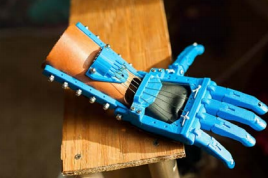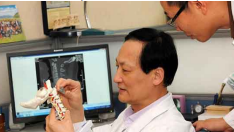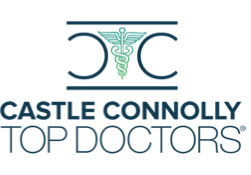In spinal surgery, advancements in technology and medicine have given doctors new ways to combat conditions affecting the human body. Minimally invasive procedures use small incision for less complex procedures; in robotics, surgeons use robotic arms to carry out a minimally invasive procedures with potentially more accuracy. So what about 3-D printing?
Technically, it’s been around since the 1980s, but hasn’t been used in medicine until recent years. Commonly used to support or replace body parts that don’t enter the bloodstream, 3-D printing has the ability to fabricate prosthetic limbs, layer by layer, from the ground up.
What is 3-D printing?
What is 3-D printing? In medicine, 3-D printing, also referred as additive manufacturing, is the process of using plastic or metal gel to shape a replacement body part based on a patient’s MRI or CT scan. 3-D printing is allowing prosthetics to be produced and personalized in complex shapes including hands and fingers.
No longer will these devices cost thousands of dollars, removing much of the financial burden patients and their families may face.
“If a parent wanted to purchase a 3-D printer of their own and produce hands for their own child, the cost of the printer and the materials to make the hands for their child for the next 10 years would be less than the cost of the creation of one commercially made prosthetic device.” — Jen Owen, a member of e-NABLE
How 3-D Printing Can Revolutionize Medicine?
In a recent case study in China, 12-year-old Minghao was diagnosed with Ewing’s sarcoma, a form of bone cancer in children, and doctors used 3-D printing as an alternative treatment. A tumor was found on the second vertebra of his spine and doctors were able to create a replica of the vertebra without the use of surgical screws to support it. Minghao will not only have a faster recovery thanks to the 3-D printing, but will maintain long term motion in his neck.

3-D printing for patients has the potential to revolutionize the medical field. Doctors will have the capability to handle more complex problems, including organ transplants, and best of all, more lives will be saved in the process.
Have you heard of 3-D printing? If anyone you know has benefited from this advanced medical technology, we’d love to hear about it! Let us know on Facebook.









